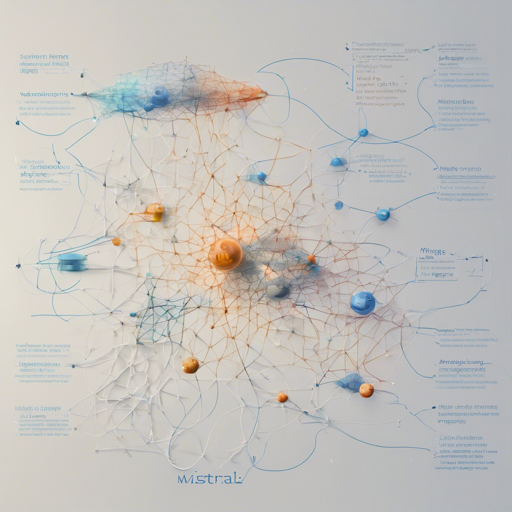Welcome to another exciting journey into the realm of artificial intelligence! Today, we dive into the creative world of model merging, specifically focusing on the Mistral Nemo 12B Starsong. This model is a remarkable blend of pre-trained language capabilities, crafted for various applications ranging from creative content generation to ensuring a safe-for-work (SFW) environment. Join us as we unpack the merging process, configuration details, and some troubleshooting tips.
What is Model Merging?
In the world of artificial intelligence, especially with language models, merging refers to combining the strengths of multiple models to create one hybrid entity. Think of it as a culinary fusion where you take the best elements of different recipes and combine them to create a delightful dish. In this case, we merge language models for enhanced functionality!
How to Merge Language Models
To create the Mistral Nemo 12B Starsong, the following components were merged using the mergekit tool:
These models were transformed with specific parameters and density ratios to achieve an optimal output.
Step-by-Step Configuration
The following YAML configuration was essential in producing this model:
models:
- model: Sao10K/MN-12B-Lyra-v1
parameters:
density: 0.45
weight: 0.5
- model: nothingiisreal/MN-12B-Celeste-V1.9
parameters:
density: 0.65
weight: 0.5
merge_method: ties
base_model: nothingiisreal/MN-12B-Celeste-V1.9
parameters:
normalize: true
int8_mask: true
dtype: bfloat16Breaking Down the Configuration: An Analogy
To understand the YAML configuration, imagine you’re preparing a team for a soccer match. Each player has specific roles (models) with their strengths (parameters) that contribute to the overall success of the team (merged model). You choose your forwards (Sao10K/MN-12B-Lyra-v1) and defenders (nothingiisreal/MN-12B-Celeste-V1.9) based on their strengths and the formation (merge method) that best suits your game plan (output). Your overall strategy to win the match is defined by factors like weight (importance) and density (contribution level), ensuring every player functions harmoniously.
Troubleshooting Tips
While merging models can be an exhilarating experience, you may encounter some bumps along the way. Here are some common troubleshooting tips:
- Instability Issues: If you notice anomalies during outputs, consider adjusting the density and weight parameters for better balance.
- Performance Concerns: Ensure your settings align with the goals of your project (SFW vs. NSFW) and tweak the configuration accordingly.
- Compatibility Errors: If your merged models aren’t performing as expected, double-check the versions and compatibility of the original models.
For more insights, updates, or to collaborate on AI development projects, stay connected with fxis.ai.
Concluding Thoughts
At fxis.ai, we believe that such advancements are crucial for the future of AI, as they enable more comprehensive and effective solutions. Our team is continually exploring new methodologies to push the envelope in artificial intelligence, ensuring that our clients benefit from the latest technological innovations.
Creating models like the Mistral Nemo 12B Starsong not only showcases the power of merging but also provides valuable insights into how we can harness diverse capabilities for creative solutions. Happy merging!

